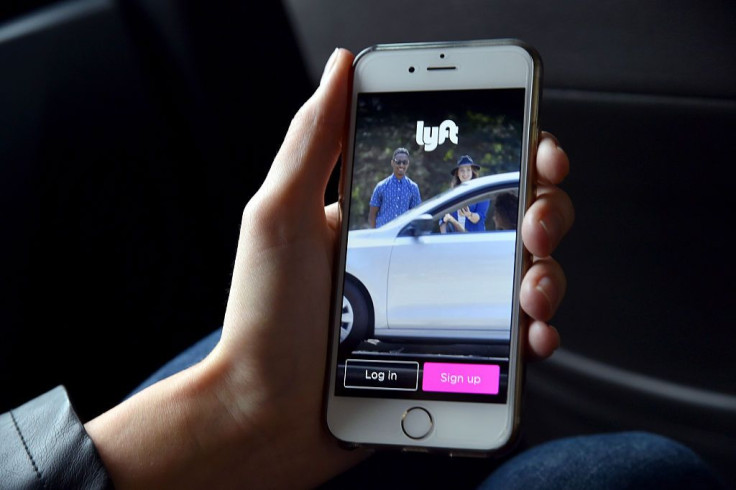Lyft's IPO Has A Longer Road Back Than Uber

Wednesday was a pretty big day for investors in Uber Technologies (NYSE:UBER), as the leading ridesharing service traded above its IPO price for the first time. The stock closed the day at its debut price of $45, leaving smaller rival Lyft (NASDAQ:LYFT) as the broken IPO -- for now.
Lyft has been a pretty spectacular investment since bottoming out last month. The stock has soared 33.6% since its mid-May low, but it remains a 14.3% gain away from returning to its IPO price of $72. There are a couple of good reasons Uber shed its tag as a broken IPO before Lyft, and we may as well take a break from the recent return to favor of both stocks to explain why Uber made it back to the starting line first.
Lyft me up
Momentum is finally on the side of Uber and Lyft investors, and one can argue that Lyft is the one riding the bigger comeback wave. Both stocks bottomed out on the same day -- May 13 -- but Uber's bounce of 24.7% is dwarfed by Lyft's surge of nearly 34%.
The biggest reason for Lyft falling harder, bouncing back higher, and Uber fixing its broken IPO first is timing. Lyft hit the market in late March when there was still optimism among investors that the ride-sharing unicorns would be stallions out of the gate. Lyft was priced aggressively, and even opened higher on its first day of trading. We pretty much know what happened next, as investor enthusiasm evaporated on concerns about the chunky losses and heavy promotional activity to drum up drivers and riders. Lyft would go on to decline in five of its first six full weeks as a public company.
Uber and its underwriters had a harder time lining up investors after its rival's rough debut. Everyone had seen Lyft lose its swim trunks careening down the post-IPO water slide, and Uber had to settle for less despite being the category leader with nearly five times the trailing revenue.
Uber was being valued as high as $120 billion late last year, but documentation sent to owners of Uber's convertible notes shortly after Lyft's market premiere were valuing it at $90 billion to $100 billion. Even that proved to be generous as Lyft kept sliding before Uber's first public trade, leading to a fully diluted market cap closer to $82 billion at the time of Uber's debut last month.
In short, Uber's IPO price was being discounted even before it was officially set, and the only benefit now of that lower bar is that it made it that much easier to return to the starting line once momentum turned positive.
One can also argue that Uber is the first back at home plate because it's the undisputed industry leader. In an industry where the two leading players are losing billions a year, any potential shakeout has to favor the juggernaut. Lyft may be growing faster -- revenue skyrocketed 95% in its first quarter versus Uber's more pedestrian 20% increase during the same three months -- but Uber is the safer bet to be around in five years. Its broader geographic and service diversity matter.
Lyft will inevitably fix its IPO if momentum continues to side with the booming ridesharing niche. The stiff losses and problematic margins will continue to dominate the bearish camp's narrative, but it's hard to argue with a hot trend when investors rethink their initial skepticism.
This article originally appeared in the Motley Fool.
Rick Munarriz has no position in any of the stocks mentioned. The Motley Fool recommends Uber Technologies. The Motley Fool has a disclosure policy.





















